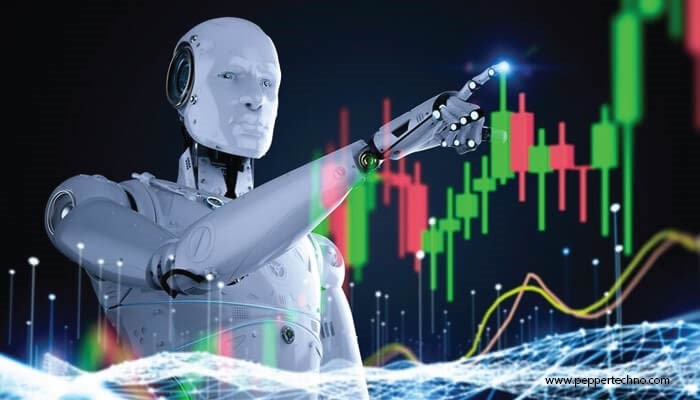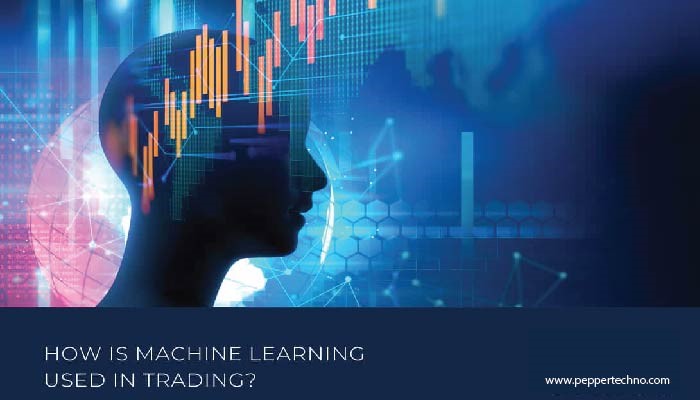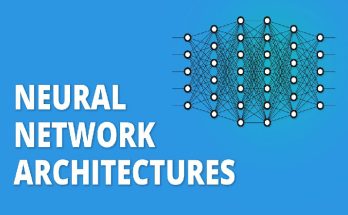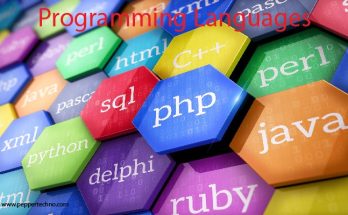Machine Learning Techniques for Trading: Understanding
Welcome to the exciting world where cutting-edge technology meets the fast-paced realm of trading – Machine Learning Techniques for Trading. Imagine harnessing the power of artificial intelligence to make informed decisions in the stock market, predicting trends with high accuracy, and staying ahead of the game. In this blog post, we will delve into how machine learning is revolutionizing trading practices, explore common techniques used by traders and investors, discuss both advantages and challenges faced when implementing these strategies, showcase real-life success stories, provide tips on getting started with machine learning in trading, and offer insights on maximizing its potential. Let’s embark on this journey together towards a smarter way of trading!

Common Machine Learning Techniques Used in Trading
Machine learning techniques have revolutionized the trading industry, allowing investors to make data-driven decisions in real-time. One common technique used is supervised learning, where algorithms are trained on historical data to predict future outcomes based on patterns and trends. This method helps traders analyze market movements and make informed trades.
Another popular technique is unsupervised learning, which involves clustering similar data points together without predefined labels. Traders can use this approach to discover hidden patterns or anomalies in the market that may not be apparent through traditional analysis methods.
Reinforcement learning is also gaining traction in trading, where algorithms learn by interacting with the environment and receiving rewards for making profitable trades. This dynamic approach allows for adaptive strategies that can adjust to changing market conditions in real-time.
By leveraging these machine learning techniques, traders can gain a competitive edge by harnessing the power of predictive analytics and automation in their decision-making processes.
Advantages and Challenges of Using Machine Learning in Trading
Machine learning offers numerous advantages when applied to trading. One major benefit is its ability to analyze vast amounts of data quickly and efficiently, identifying patterns and trends that may not be apparent to human traders. This can lead to more informed decision-making and potentially higher profits in the market.
Another advantage is the potential for automation, allowing trades to be executed based on predefined algorithms without the need for constant monitoring. This can save time and reduce human error, making trading more efficient and less labor-intensive.
However, using machine learning in trading also comes with challenges. One common issue is overfitting, where a model performs well on historical data but fails to generalize to new data accurately. It requires careful tuning and validation processes to mitigate this risk.
Additionally, there’s always the challenge of ensuring that the machine learning models are kept up-to-date with changing market conditions. Continuous monitoring and refinement are essential to maintain their effectiveness in dynamic trading environments.
Real Life Examples of Successful Implementation
In the realm of trading, machine learning has revolutionized the way decisions are made. Real-life examples showcase the power and impact of these techniques in financial markets. One notable success story is Renaissance Technologies, a hedge fund that has leveraged machine learning to achieve remarkable returns over the years.
Another prime example is Citadel Securities, a market maker that utilizes sophisticated algorithms powered by machine learning to navigate complex trading environments with precision and speed. These companies have demonstrated how effectively harnessing data and advanced analytics can lead to significant competitive advantages in trading.
Additionally, QuantConnect stands out as a platform that empowers traders with tools for implementing machine learning strategies seamlessly. By providing access to powerful algorithms and historical data, it enables users to develop and test models efficiently before deploying them in live trading scenarios.
These real-life examples illustrate the immense potential of machine learning techniques in trading and serve as inspiration for those looking to enhance their strategies through innovative technologies.
How to Get Started with Machine Learning in Trading
Interested in diving into the exciting world of trading using machine learning techniques? Getting started may seem daunting, but with the right approach, you can set yourself up for success.
Familiarize yourself with the basics of machine learning and its applications in trading. Understand key concepts such as data analysis, algorithm development, and model testing.
Next, acquire relevant programming skills in languages like Python or R to manipulate financial data effectively. These languages are popular choices due to their versatility and extensive libraries for machine learning tasks.
Consider enrolling in online courses or workshops that specialize in machine learning for trading. Platforms like Coursera or Udemy offer comprehensive programs led by industry experts.
Furthermore, start small by working on simple projects to gain hands-on experience. Experiment with different algorithms and datasets to understand how they impact trading strategies.
Stay updated on the latest trends and advancements in both machine learning and financial markets. Continuous learning is crucial for staying competitive in this rapidly evolving field.
Tips for Maximizing the Potential of Machine Learning in Trading
When it comes to maximizing the potential of machine learning in trading, there are several key tips to keep in mind. First and foremost, it’s essential to continuously update and refine your machine learning models. Markets are constantly evolving, so your algorithms need to adapt accordingly.
Diversification is crucial. Don’t rely solely on one trading strategy or model. By spreading your risk across different approaches, you can better navigate market fluctuations.
Additionally, always ensure that you have access to high-quality data. The accuracy and relevance of the data you feed into your algorithms can significantly impact their performance.
Moreover, consider incorporating human oversight into your automated trading systems. While machine learning can offer powerful insights, human intuition and experience remain invaluable assets in making informed decisions.
Stay informed about the latest developments in both machine learning techniques and market trends. Continuous learning and adaptation will ultimately help you stay ahead in the fast-paced world of algorithmic trading.
Conclusion
The use of machine learning techniques in trading has revolutionized the way financial markets operate. By leveraging advanced algorithms and vast amounts of data, traders can make more informed decisions and potentially increase their profitability. However, it is crucial to understand that machine learning is not a one-size-fits-all solution and requires continuous refinement and monitoring.
As technology continues to evolve, incorporating machine learning into trading strategies will become even more commonplace. Those who are willing to adapt and embrace these innovative tools stand to gain a competitive edge in the ever-changing landscape of financial markets. So, whether you are a seasoned trader or just starting out, exploring machine learning techniques could be the key to unlocking new opportunities and enhancing your trading performance.



